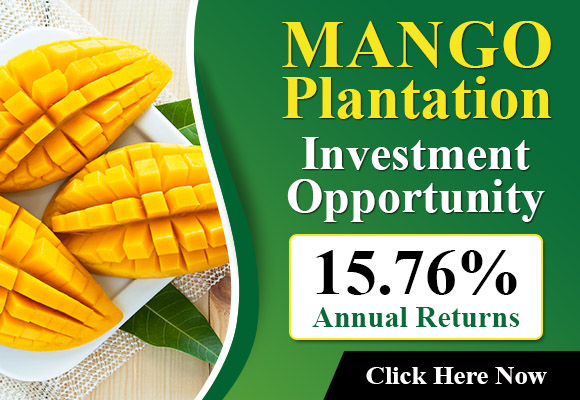The previous year it was a time when the Ukrainian industry of producing vegetables was a challenge. The local farmers adapt to the changing conditions thanks to the help of seed companies for vegetable and their experience.
What’s happening in terms of selection of crops, hybrids, and varieties? And what is the outlook for crop production of vegetables in Ukraine by 2023? “Sadivnitstvo is Ovochivnitstvo” interviewed marketing director Grygoriy Shvets, who is from Enza Zaden Ukraine.
The 2023 season was a bit quickly. The traditional areas of vegetables – the Southern portion of the Kherson region as well as the Southern portion of Zaporizhzhya remain under the control of. Before the complete Russian invasion, these regions mainly provided the market in Russia with vegetables such as greenhouse cucumbers, onions and tomatoes, as well as open fields of tomatoes, peppers, watermelons, melons and eggplants. The two regions also were major suppliers of the early spring and summer carrots, radishes, and greens.
So, by 2023, farmers of vegetable crops in the Central, Western and partly Southern regions of Ukraine are expected to slightly expand areas of vegetables, as well as alter the variety they offer to offset with the traditional “Kherson” produce for sale.
Map created by Kurkul. Producing open field vegetables in Ukraine by 2021.
Second, in comparison to last year’s price the price for local vegetables increased 2-5 times, while melons, up to 10 times. The result is that small-scale farmers are forced to change their crop they grew before war to the production of vegetables. Similar trends are observed by the population living in villages, especially the families. The projected rise in vegetable production to 2022, however, is not likely to be enough to replace the quantities which were lost as a result of being occupied by Kherson and Zaporizhzhya zones, which means there’s an unavoidable shortage of fresh vegetables in the markets that are local to Ukraine from 2023.
The first week of spring it will result in the possibility of a shortfall in fresh vegetables due to issues in the supply of electricity and heating the majority of greenhouse vegetable growers delayed sowing date. Additionally, during the period between summer and early autumn it is possible to experience the possibility of an absence of melon crop.
In the month of March, 2023, we witnessed an increase of about 5% in the prices of borscht veggies (onions carrots, beets, potato, red beet pepper) as a result of the conflict and occupation of several territories, the space in which onions and carrots have traditionally been grown drastically decreased. We expect that the vegetables industry will be trying to make adjustments in 2023. Farmers who are already in the field will increase the area of sowing vegetables. Most farms were previously cultivating vegetables. They possess the material resources, required equipment, and the knowledge to ensure efficient production. It is nearly impossible to swiftly change to cultivating vegetables at industrial scale. New farmers are expected to enter the business of growing vegetables. These are SMEs that will cultivate Borscht-based crops in small spaces and also those crops which do not need large expenses for cultivation, specifically melons and melon-based crops. Also, of course, those living who live in the rural regions (households) are likely to grow larger quantities of vegetables to meet their personal demands.
For more information: agroberichtenbuitenland.nl
Source: The Plantations International Agroforestry Group of Companies
